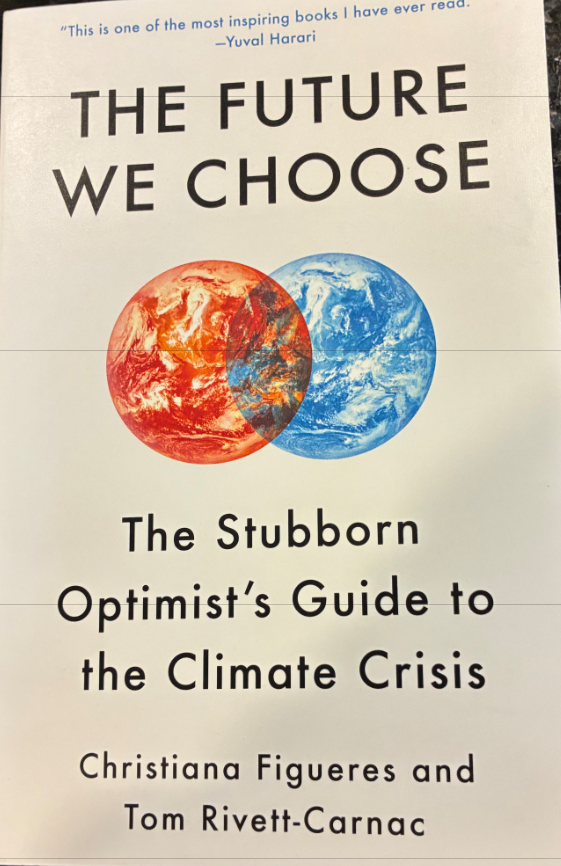Commentary
COP28 and vintage gas stations

Editor’s note: This is one in a continuing series of educational columns about fostering environmental stewardship and leadership coordinated by ACES — The Alliance of Climate and Environmental Stewards.
Although a historic COP28 deal agreed mid-December to ‘transition away’ from fossil fuels, it may be a bit too early and a bit too optimistic to talk about re-purposing gas stations. Yet the scale of the transition and the opportunities it engenders deserve serious consideration.
According to information from the 24/7WallSt.com website, most experts estimate that there are about 111,000 gas stations in the United States. The Bureau of Labor Statistics estimates that they employ 908,000 people.
That’s what is being scheduled for big changes at COP28. “Humanity has finally done what is long, long, long overdue,” said the European Union’s climate commissioner, Wopke Hoekstra. “Thirty years we’ve spent to arrive at the beginning of the end of fossil fuels.” Delegates at the UN conference agree to a ‘historic package’ of climate measures, although the specific phrase ‘phase out’ was omitted.
Earlier on a Wednesday, the latest draft of the document calling on the world to wean itself off planet-warming fossil fuels was discussed by delegates after an outcry over a previous proposal forced the summit, which was meant to end on Tuesday, to be extended.
Finally, on that Wednesday almost 200 governments at the United Nations climate conference approved an agreement calling for the world to transition away from fossil fuels, sending an unprecedented signal to the global economy that governments are intent on cutting back on coal, oil, and natural gas in the fight against global warming.
But like all change, this one will bring new challenges and opportunities. One quirky one to think about creatively is gas stations. They will need to be recycled into something else, like bike shops, corner parks, homes, and neighborhood cafes, all providing EV charging services.
It will be a lumpy and fraught transition, but a necessary one for the planet. And it’s a transition that is going to affect greater Newburyport and require planning and civic leadership on our agenda.
Moving away from fossil fuels can present a complicated transition from a zoning perspective. For example, witness the plan to build four residential units at the former State Street Mobil station that could be headed for City Council approval early 2024. The 49-year-old gas station closed in May 2018. In a city like Newburyport with a dire shortage of housing of all kinds, this seems like a logical choice, especially for this prominent site on High St.
As some in the city engage in re-visioning Storey Avenue as a potential mixed use ‘village’, there are several gas stations which are ideally located to be involved in such a transition when the time comes. Some of them have a large enough footprint to replace with a small apartment or condominium building. Some of them may be ideal rapid recharge stations for EVs coming off Rt 95. And why not a casual dining/pub like we see at the Park Lunch, to which the folks of that neighborhood can walk?
Whatever unfolds in greater Newburyport with the transition away from fossil fuels and towards EV’s, it will present a lot of interesting and potentially fun or contentious choices for our civic dialog.
ACES Youth Corps team members urge you to add such ideas to your repertoire of conversational topics with friends and offer any ideas pro or con to this conversation to ACES at: acesnewburyport@gmail.com To learn more about ACES as an alliance and its Initiatives, visit https://www.aces-alliance.org.
.svg)


